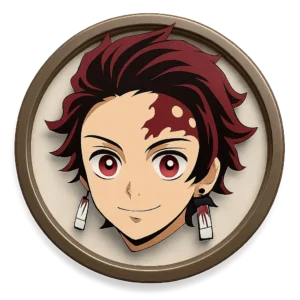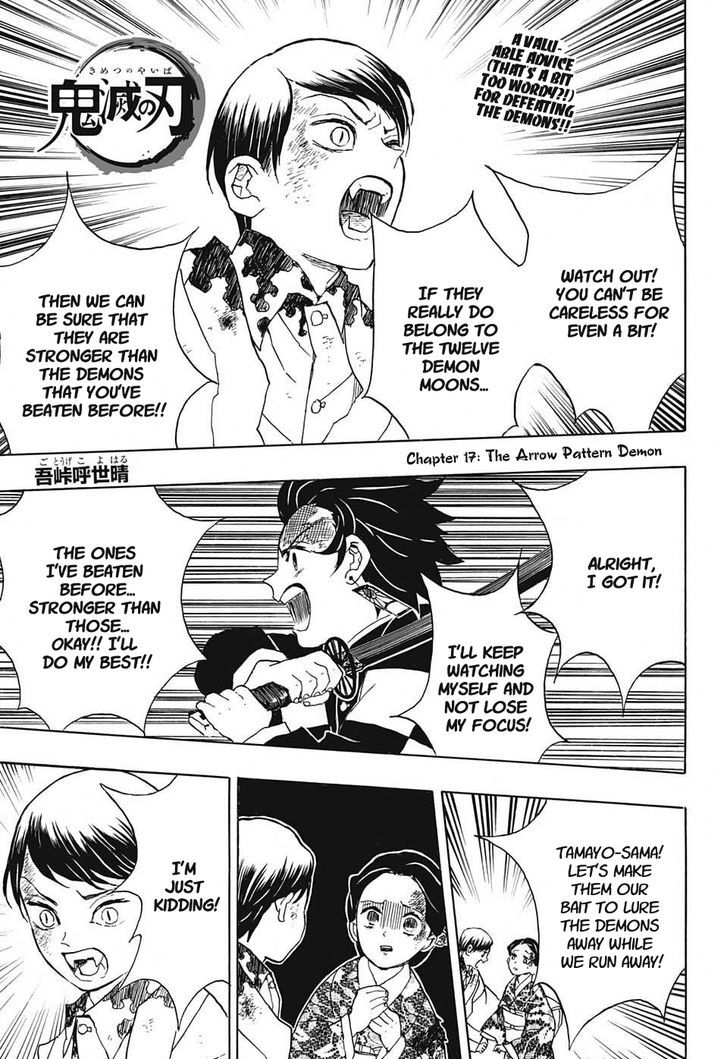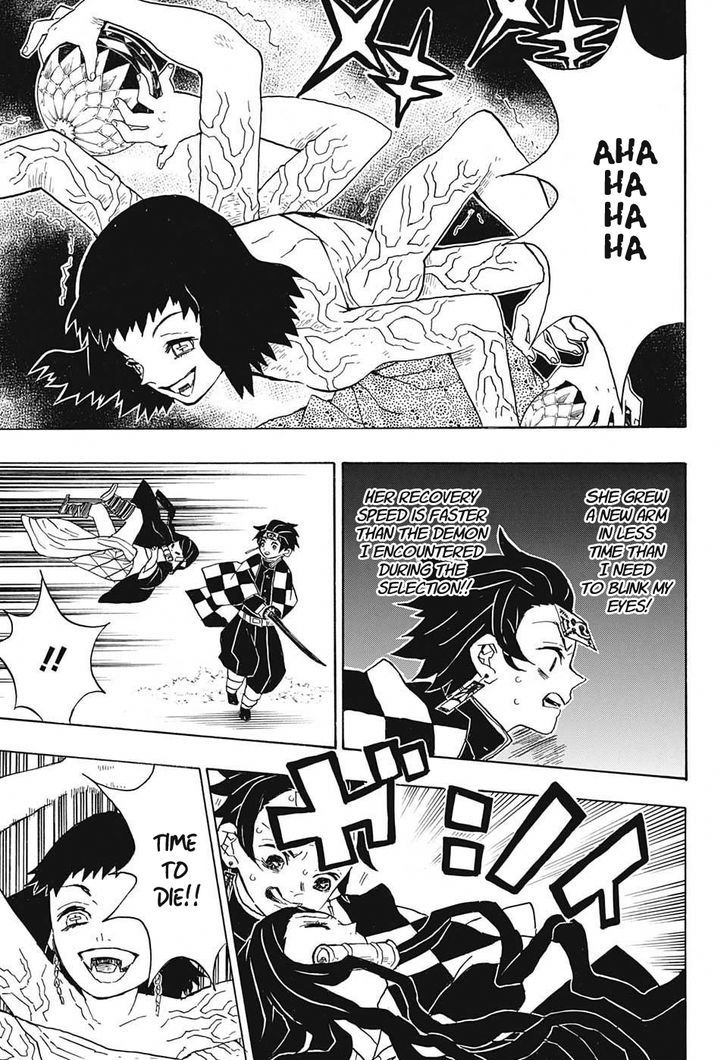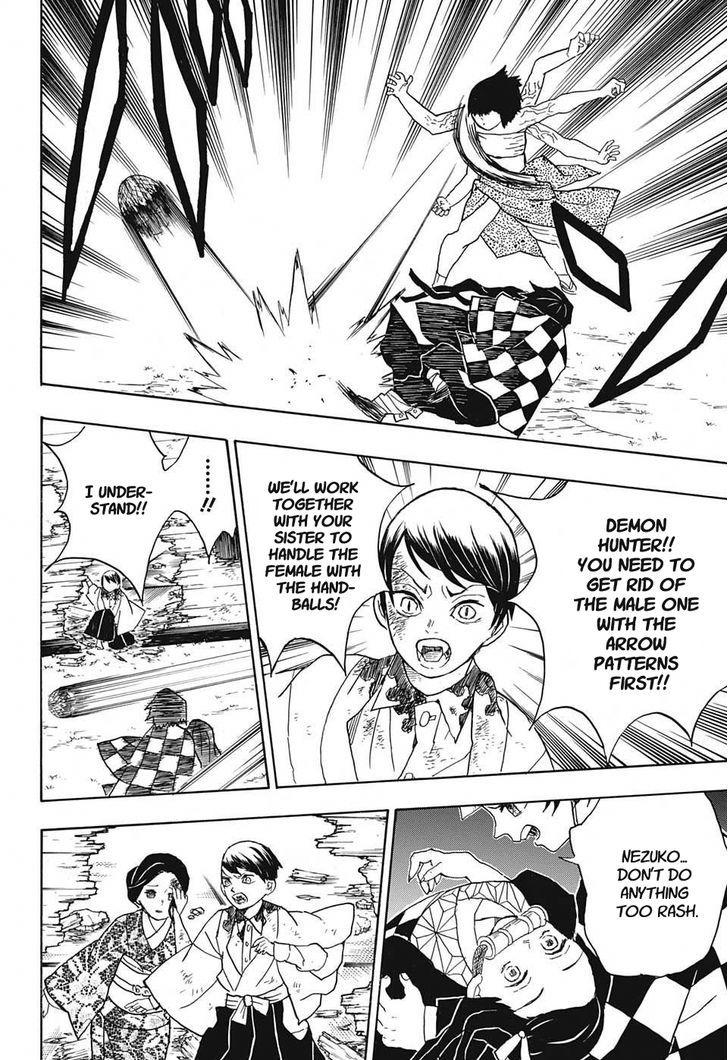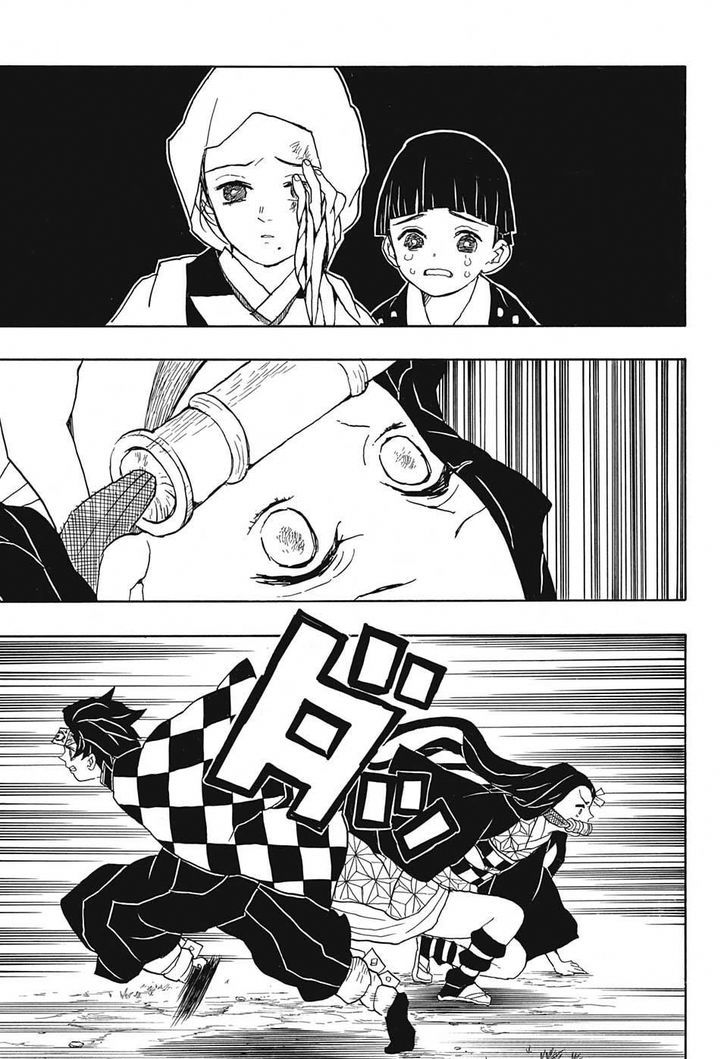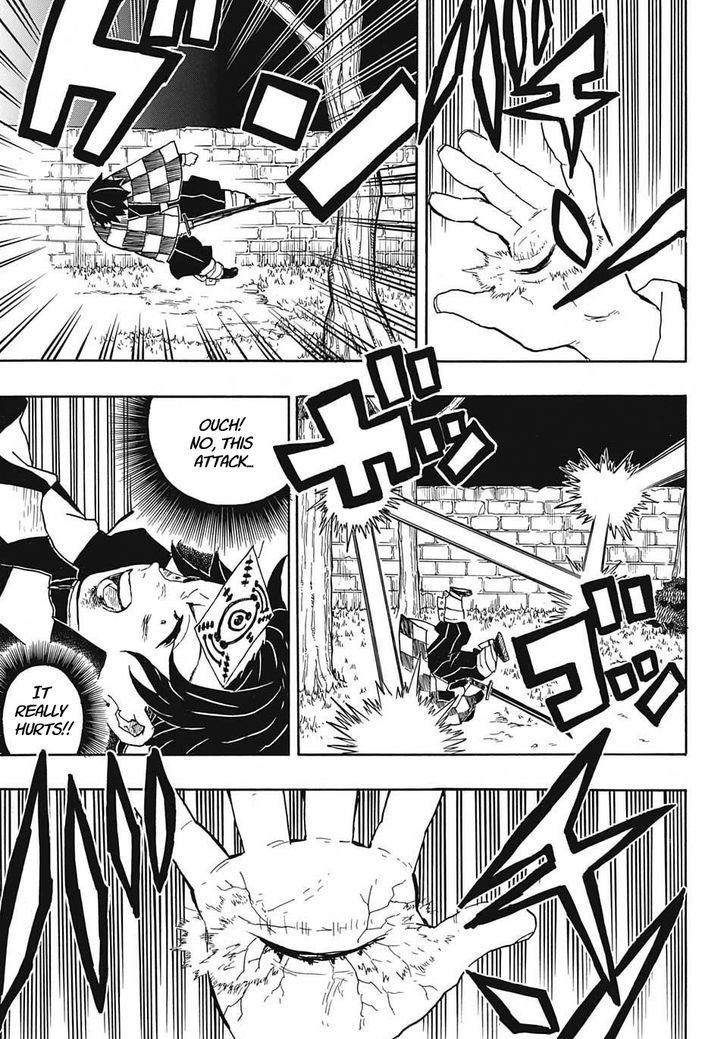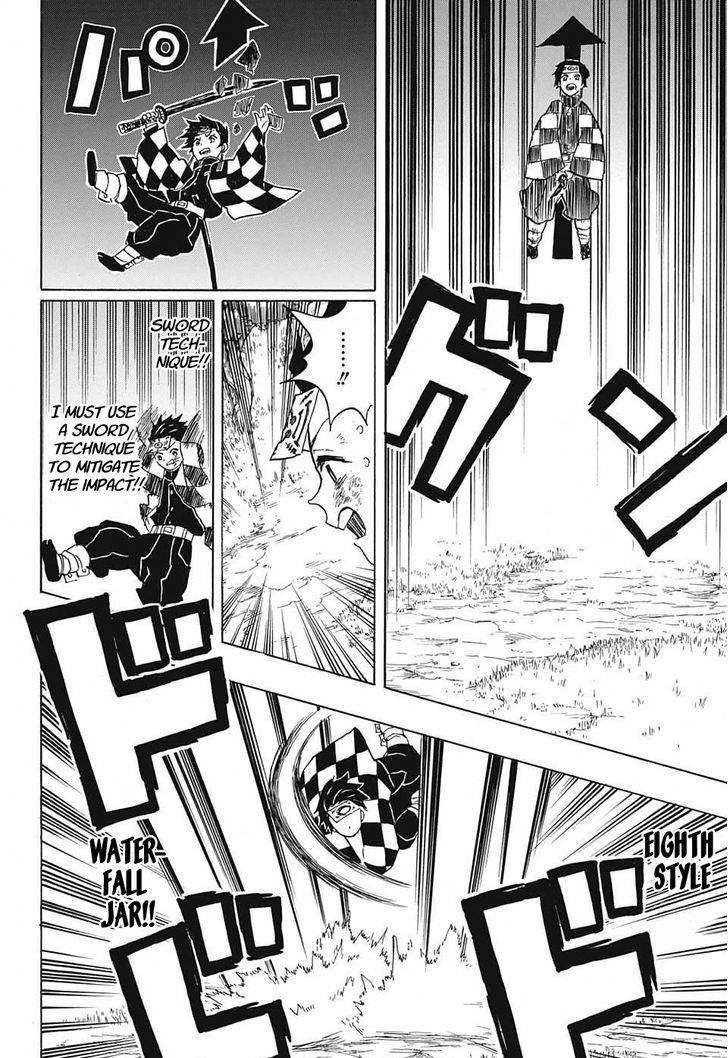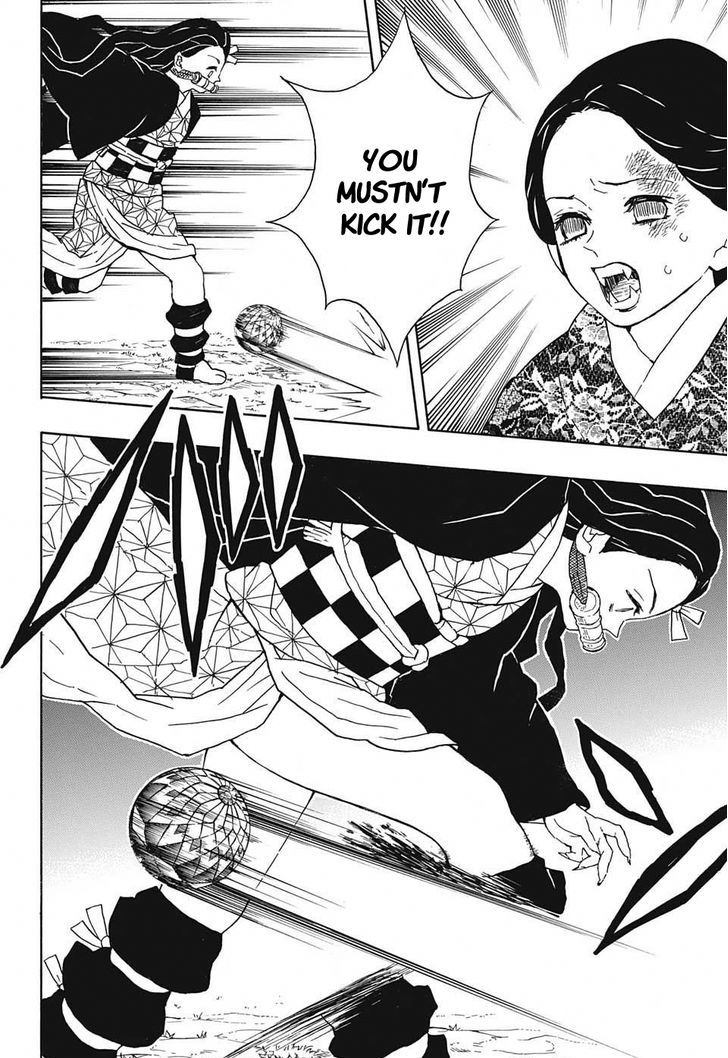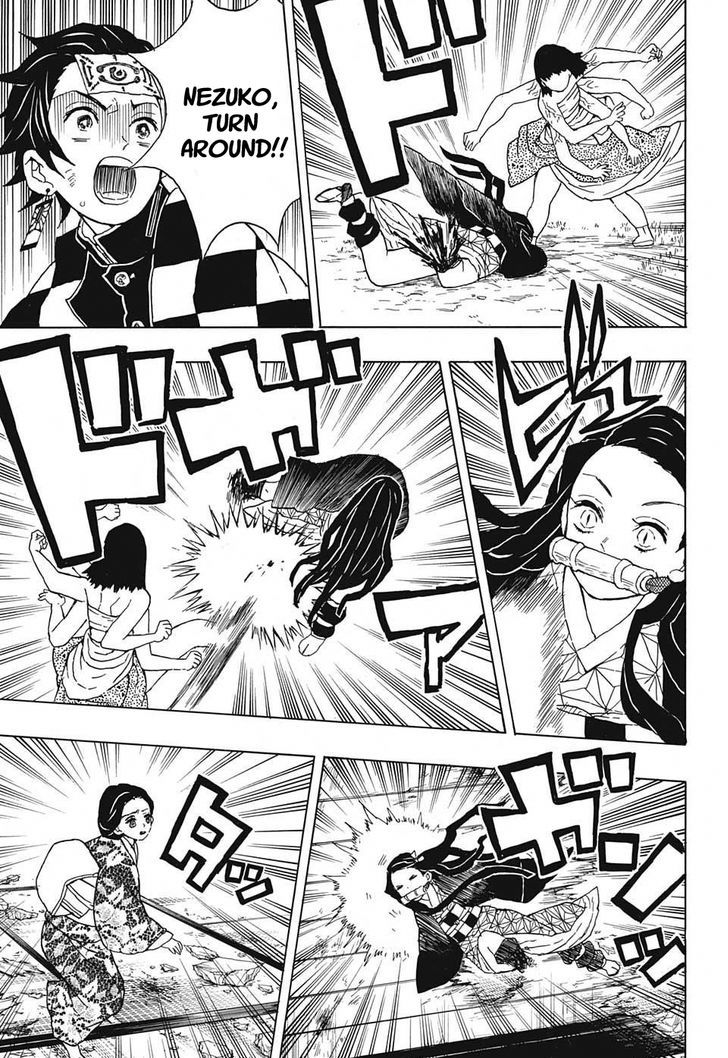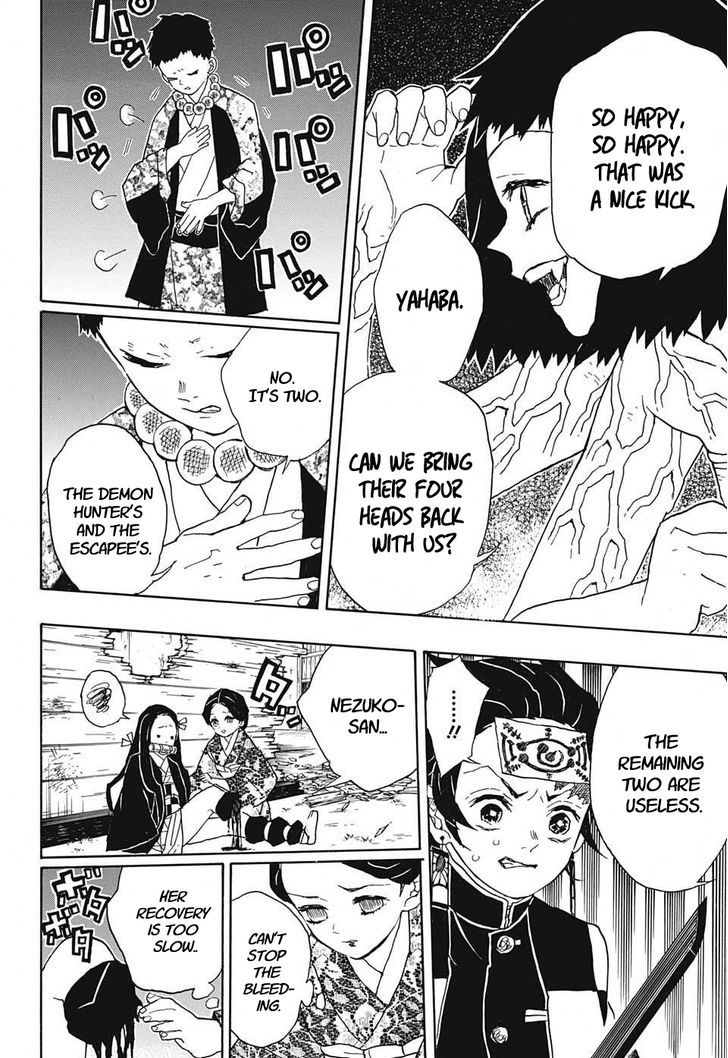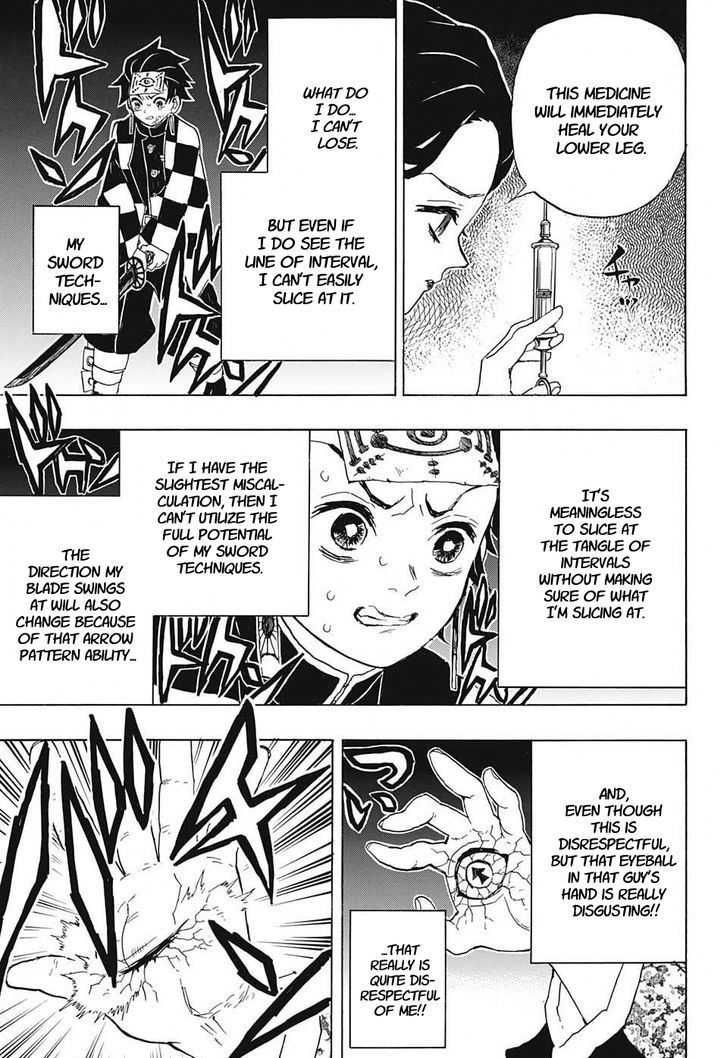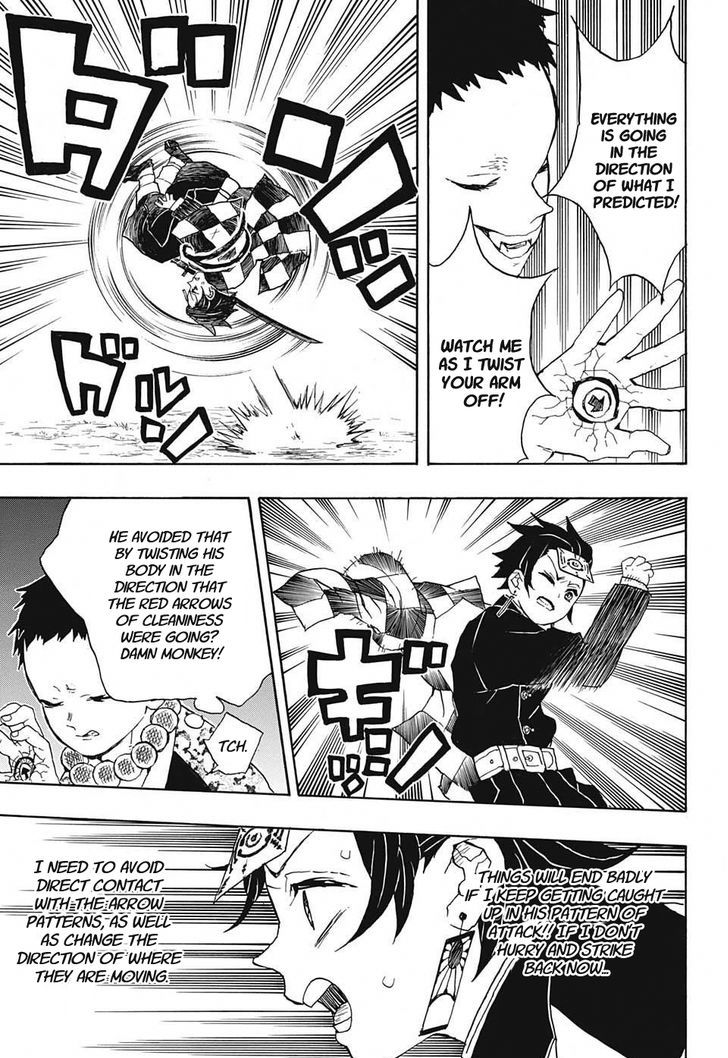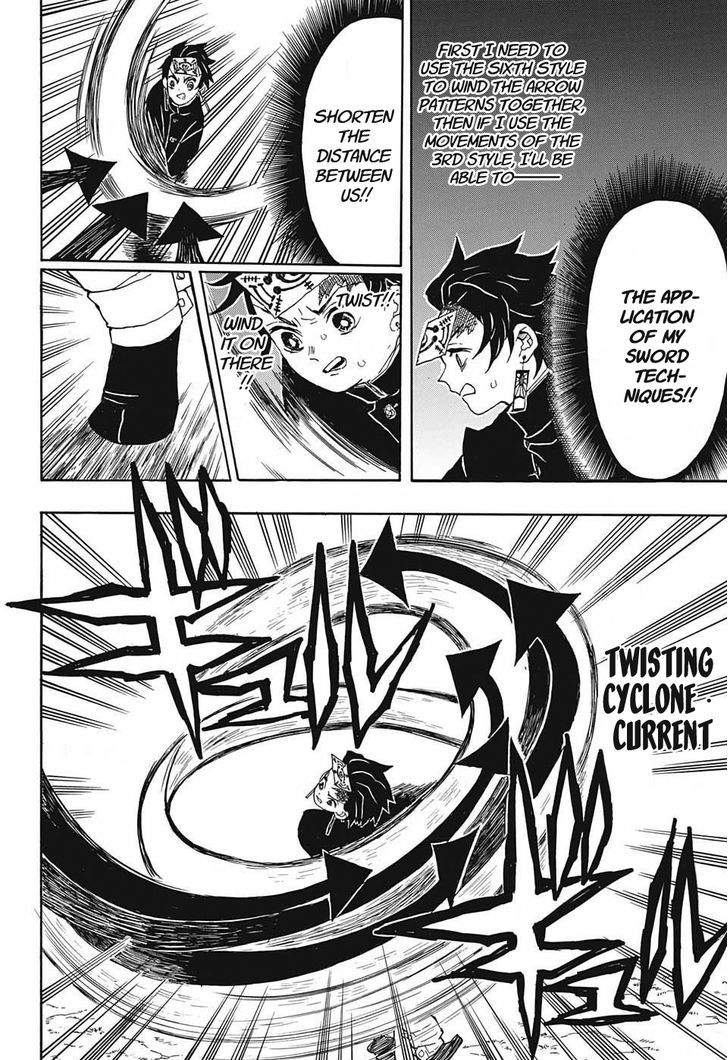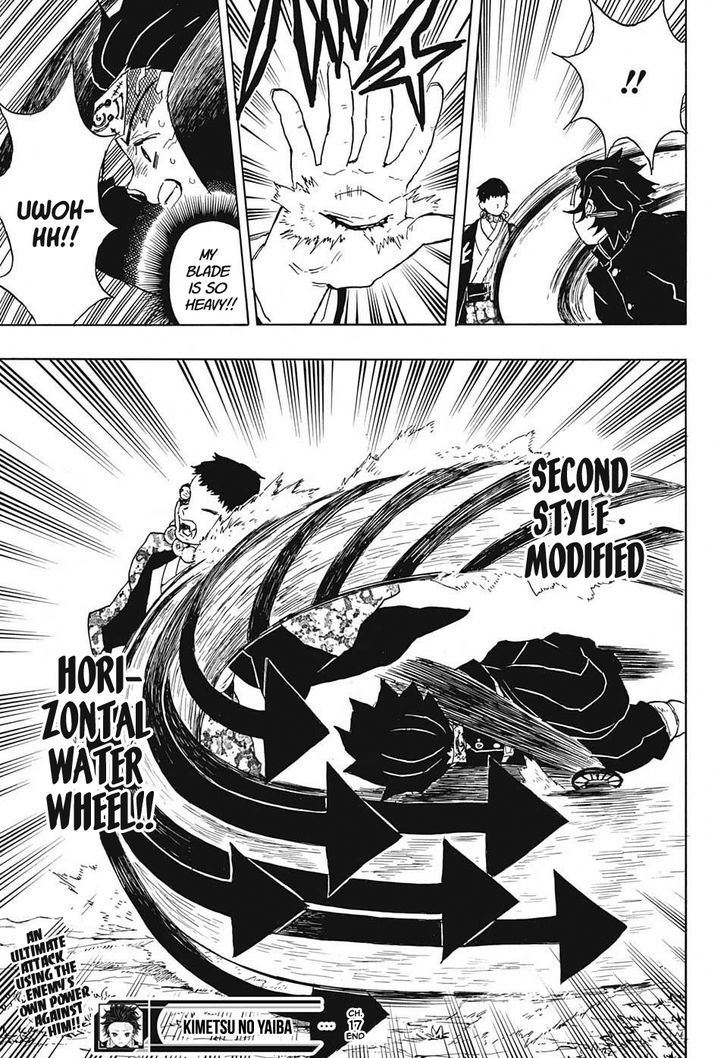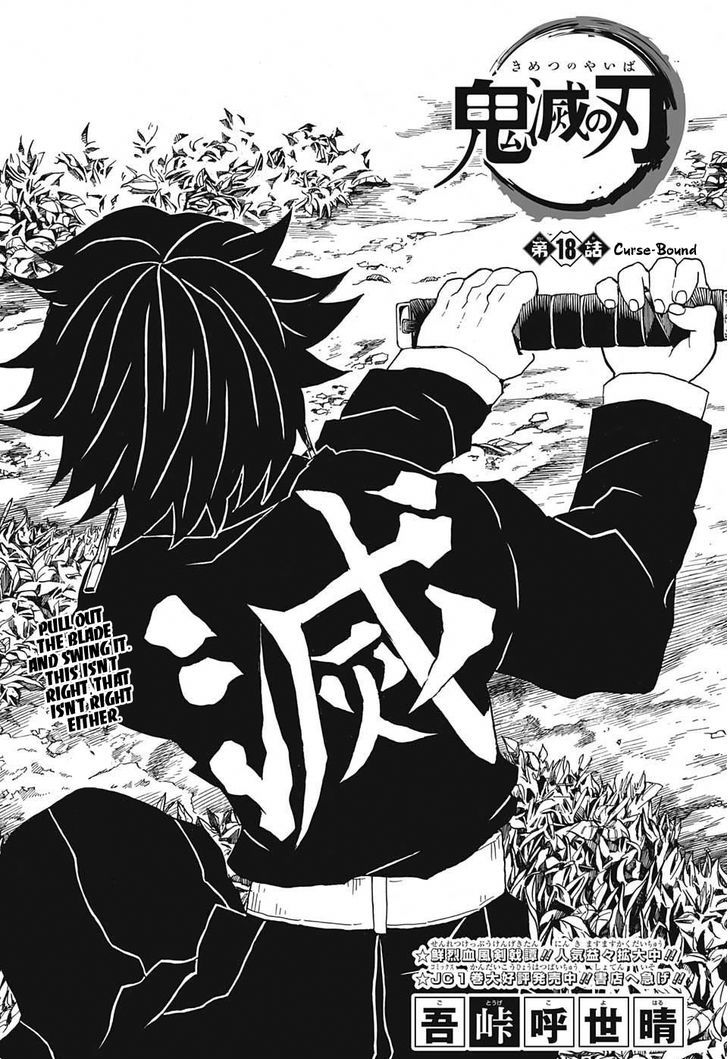
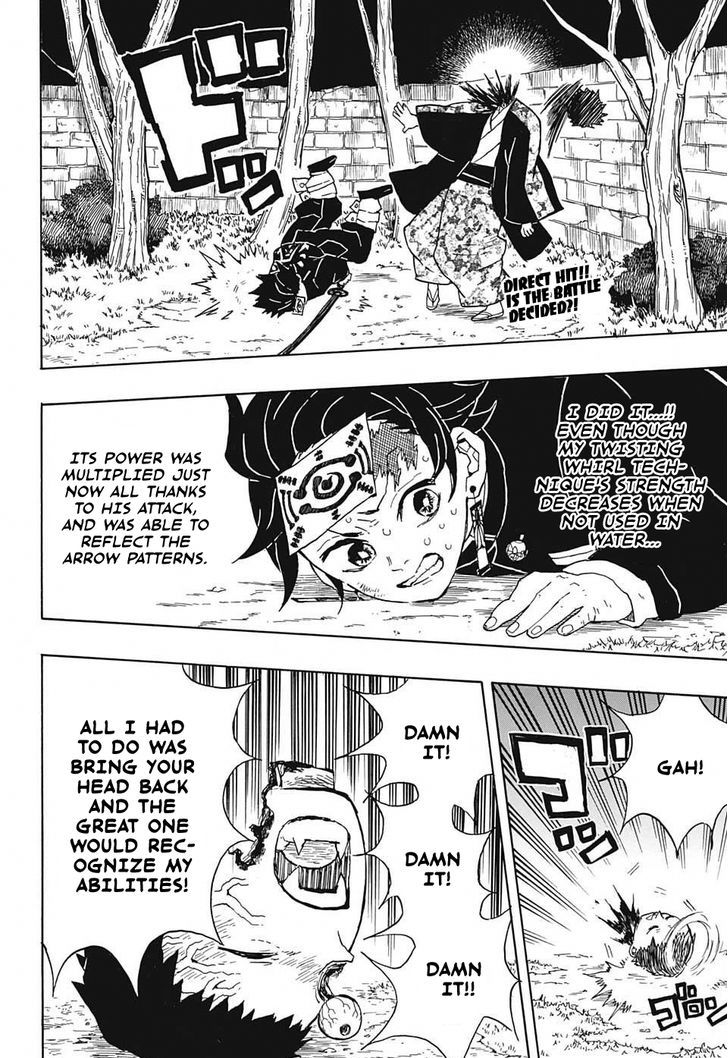

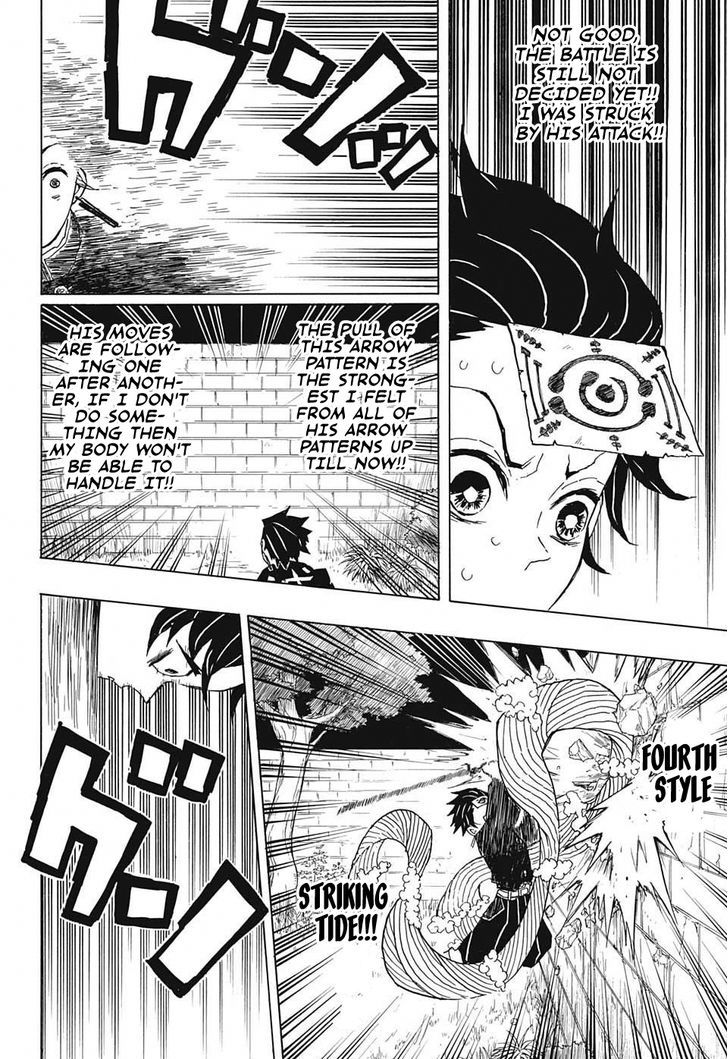
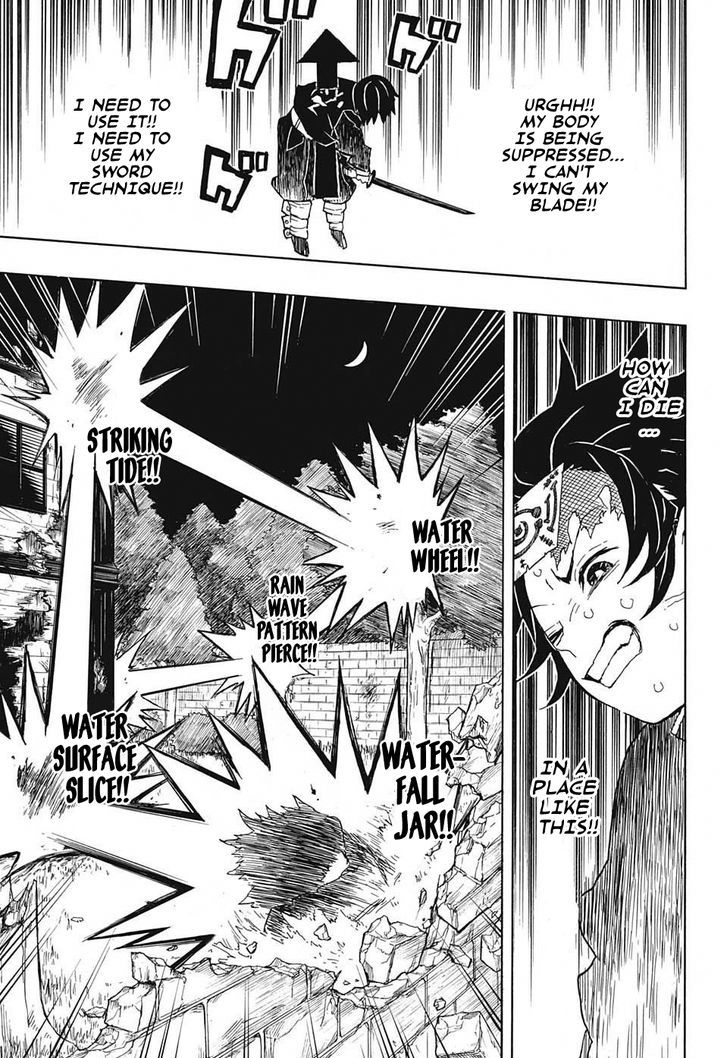
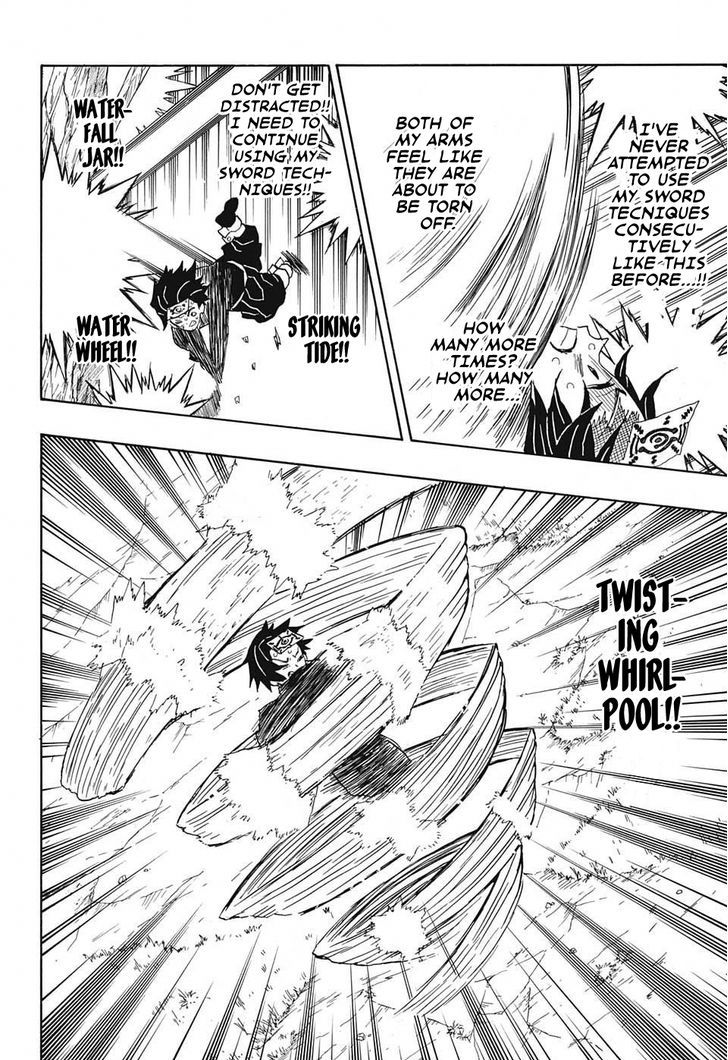
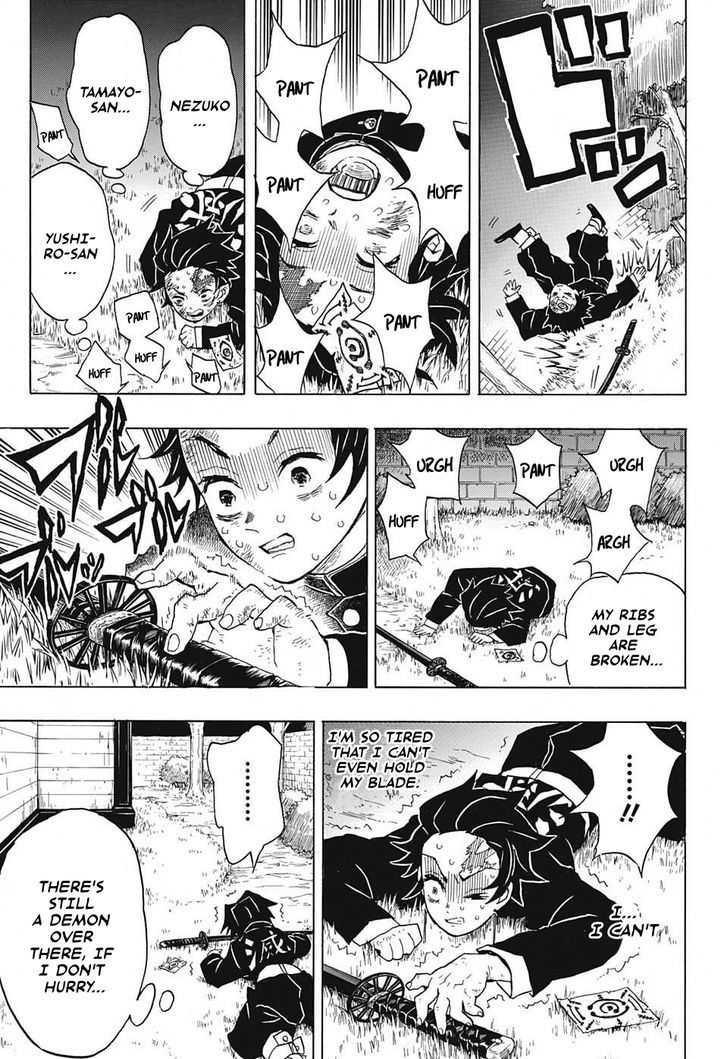
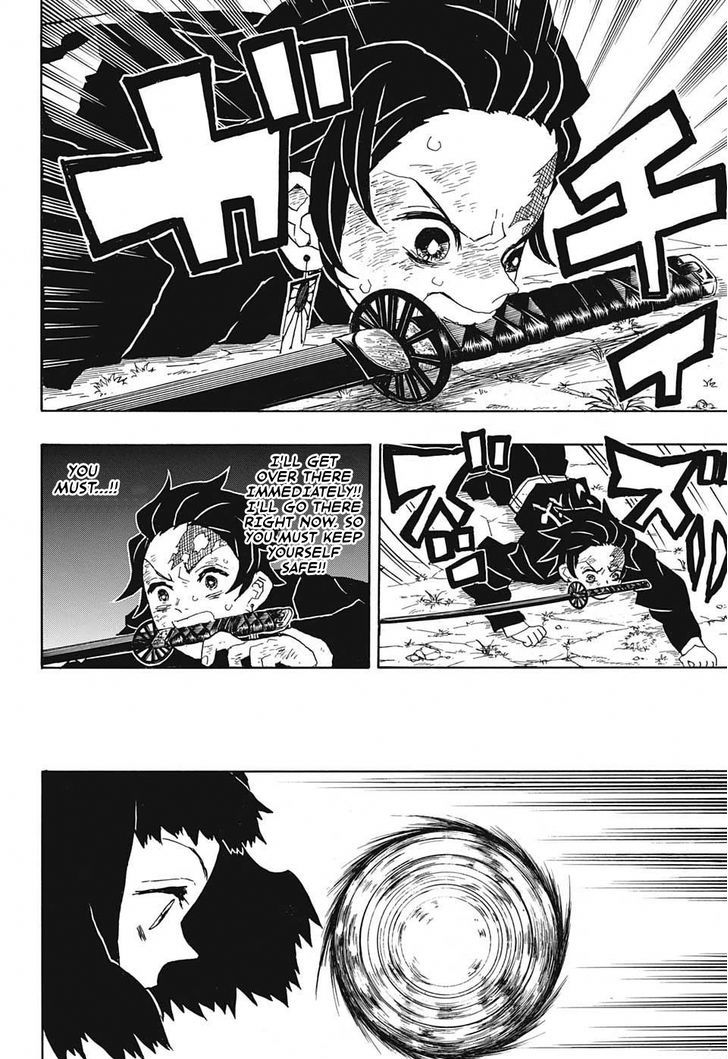
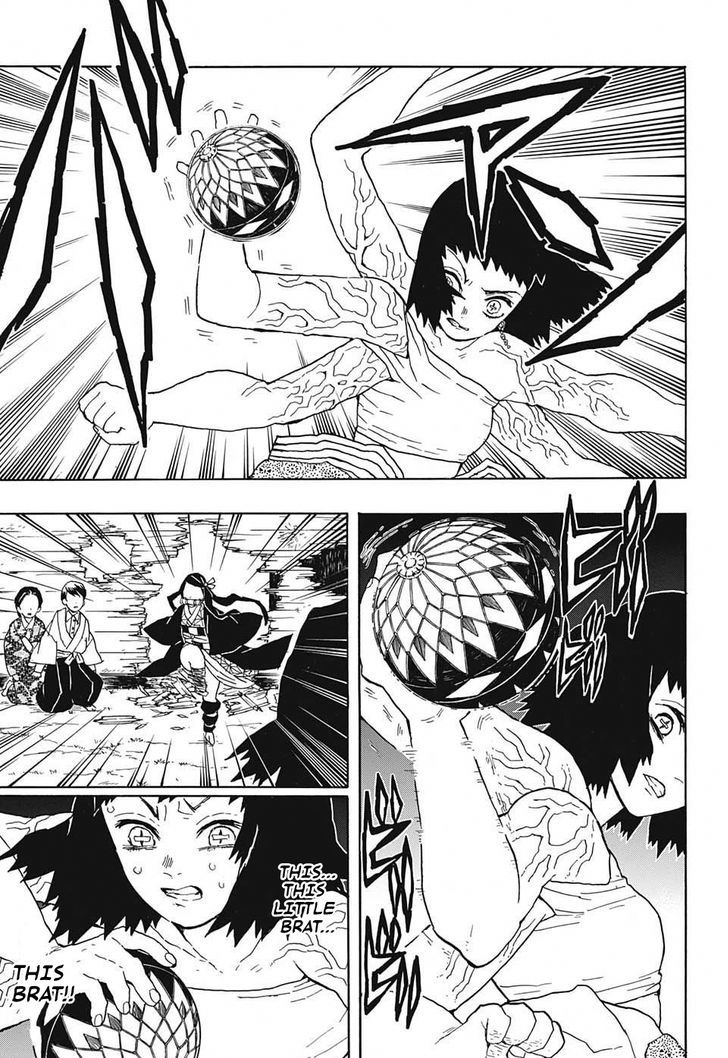

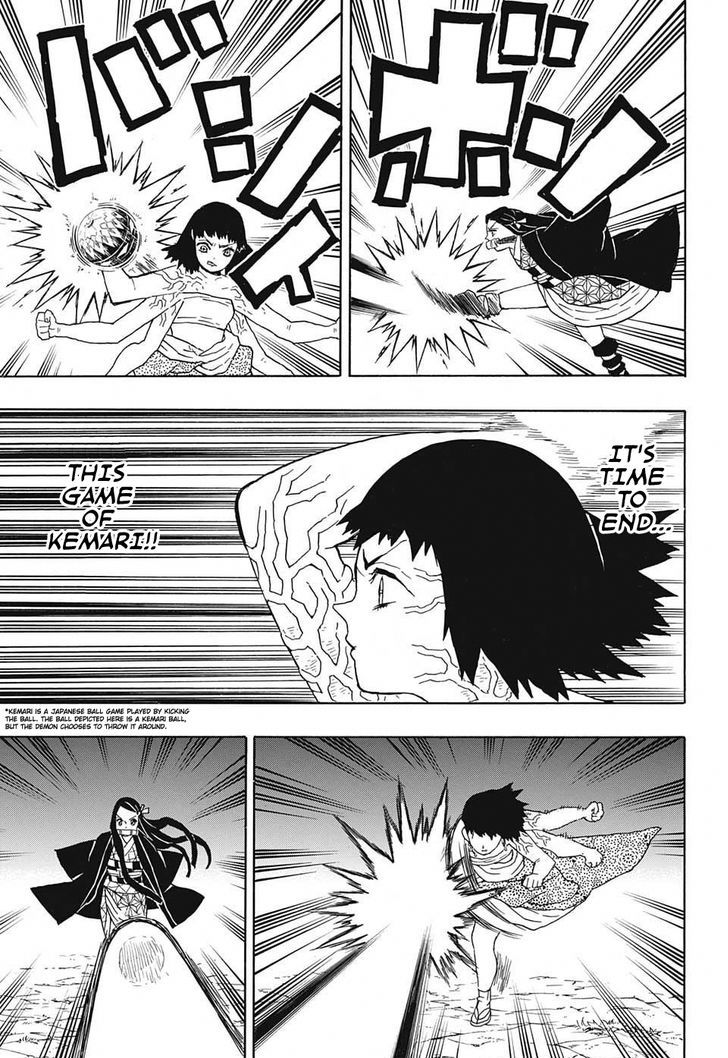
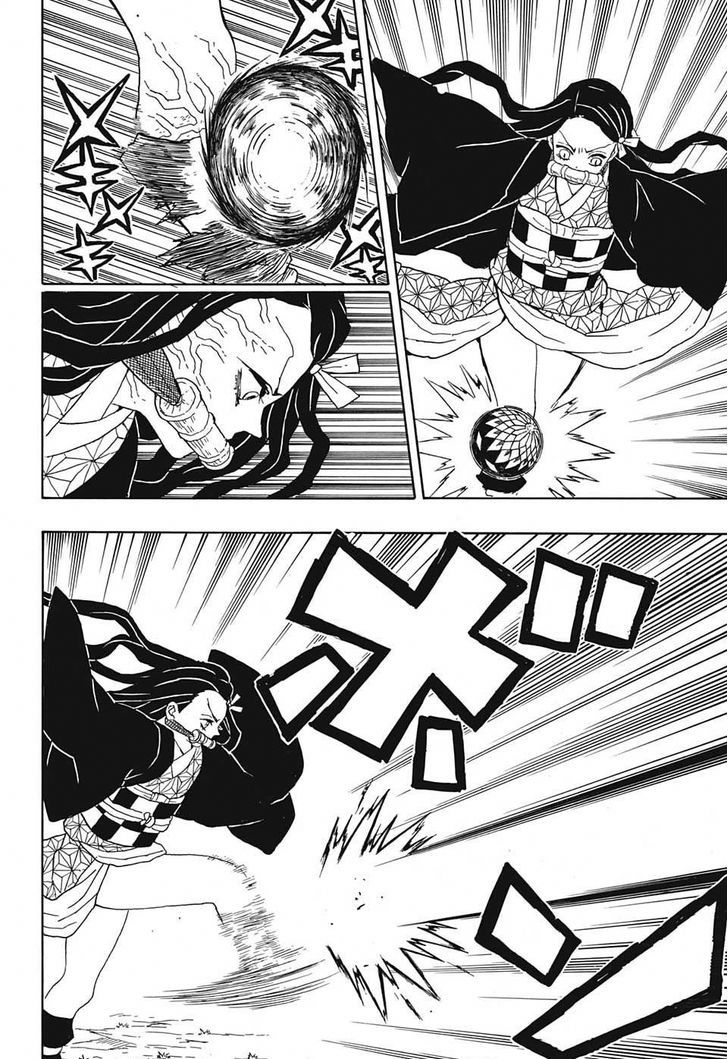
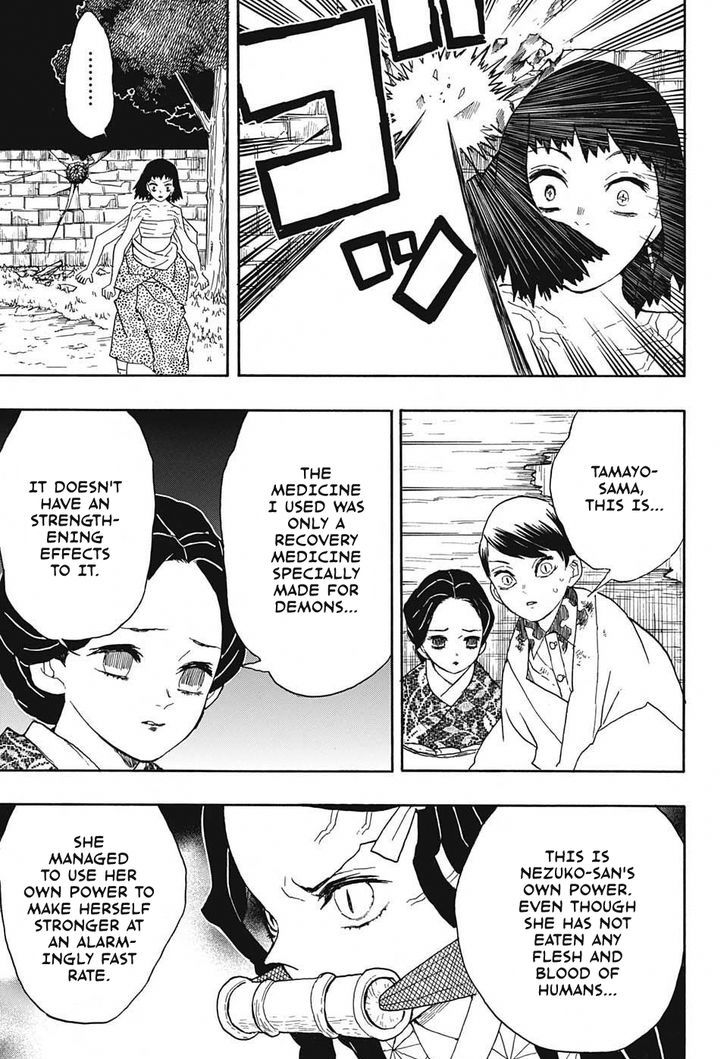


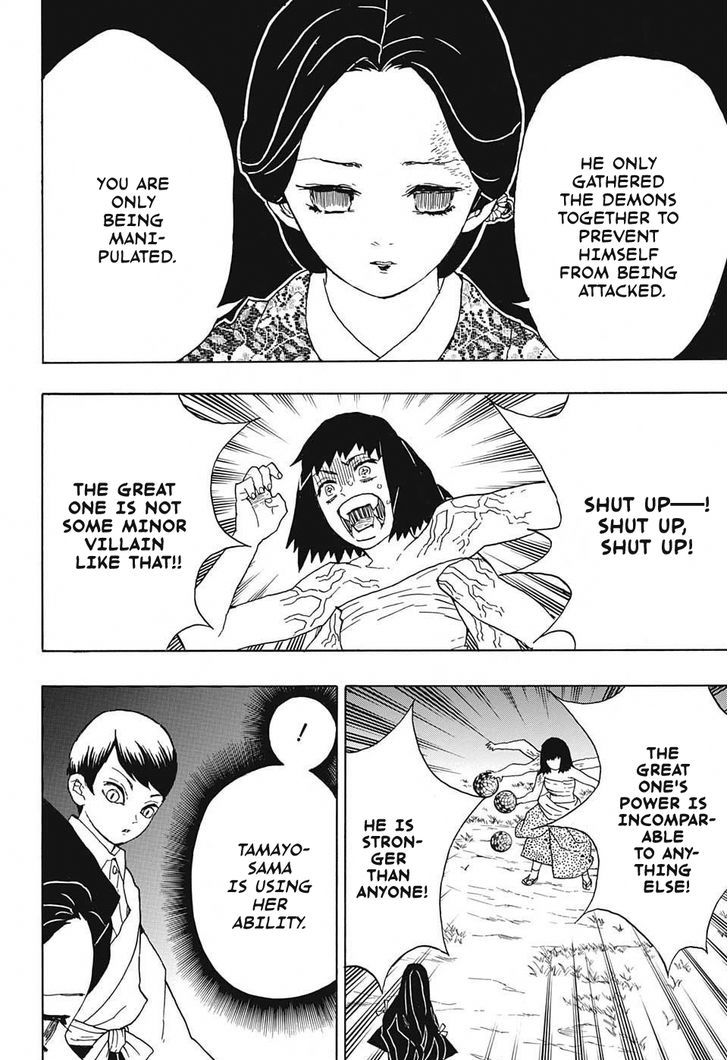
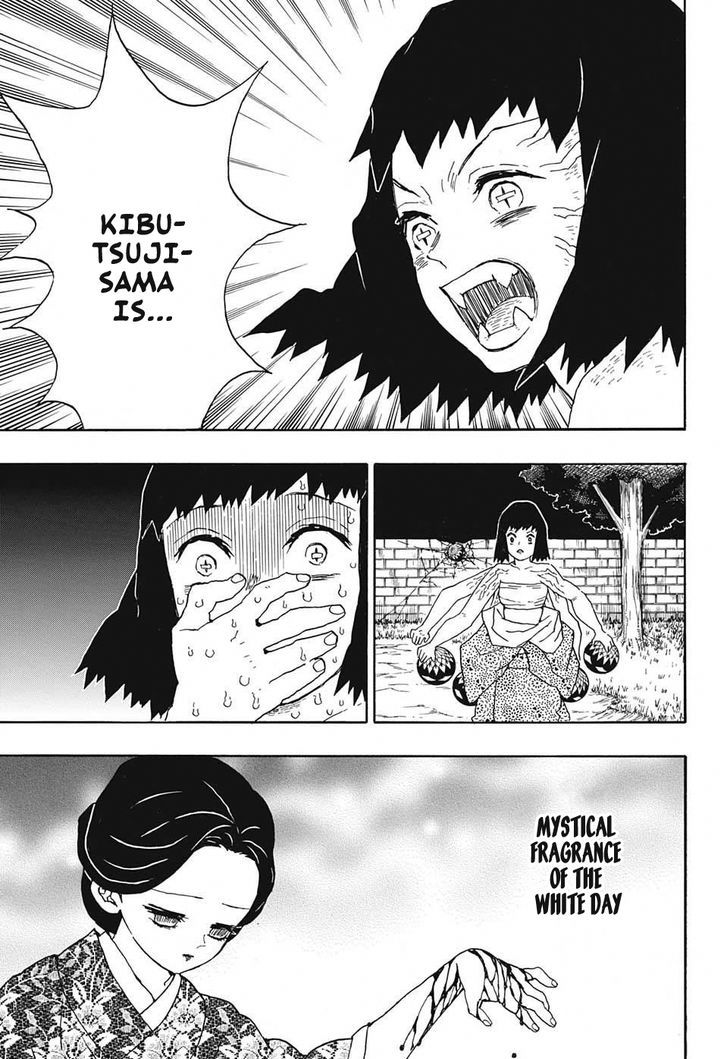
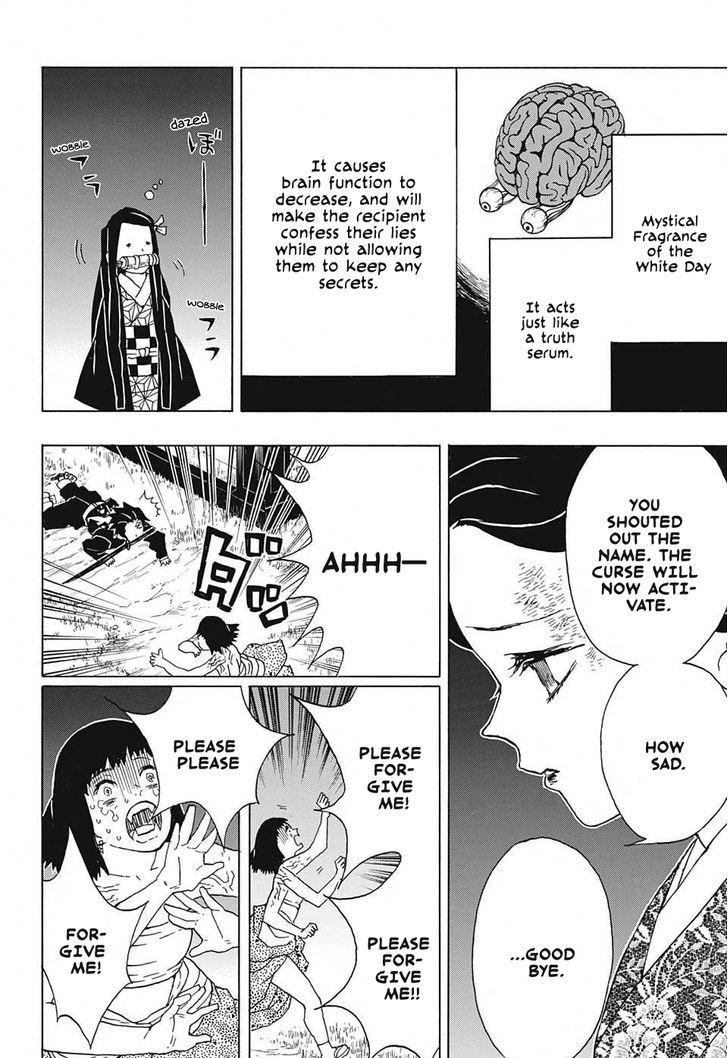
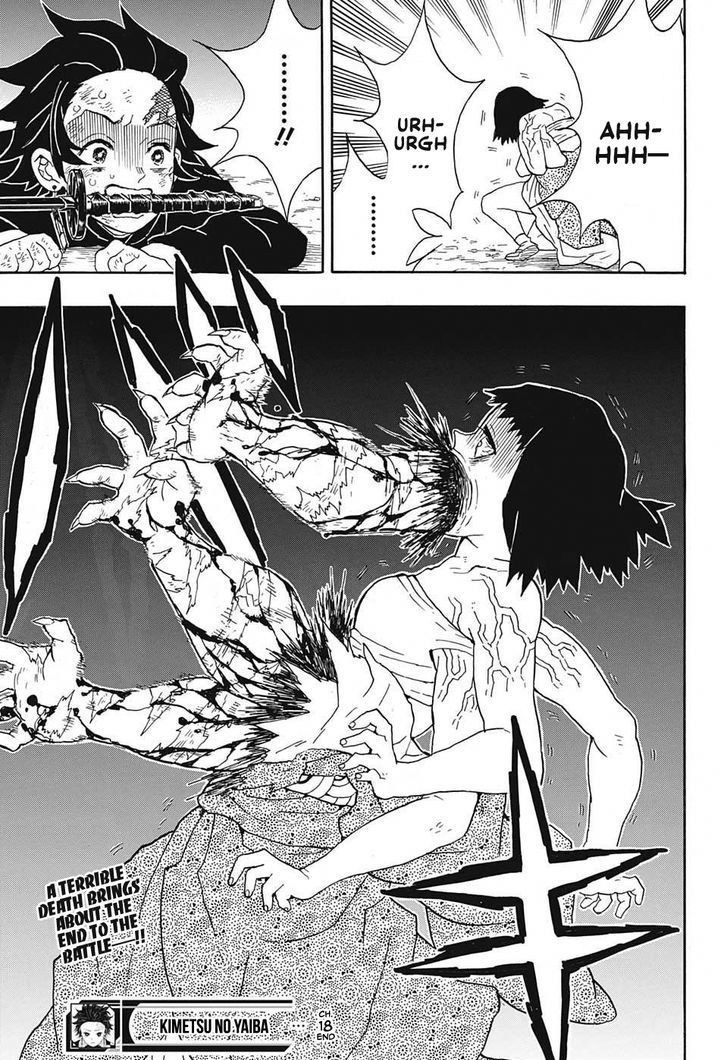
Kimetsu No Yaiba Chapter 18 Story Summary
The rain has been falling for hours, a steady percussion that turns the neon‑lit streets of Shinjuku into a river of reflected light. It is the kind of night that makes the city feel both infinite and intimate, as if every puddle holds a secret waiting to be whispered. In the heart of this drenched metropolis, a lone figure stands beneath a flickering awning, the hem of his coat soaked through, his eyes scanning the crowd with a mixture of wariness and yearning. This is the opening tableau of *Chapter 18*, a turning point in the manga that has kept readers on the edge of their seats since the first page. The air smells of ozone and street food, the distant hum of a train rattling through tunnels, and somewhere, a distant saxophone wails a melancholy tune that seems to echo the protagonist’s own restless heart.
**The Arrival of the Red Lantern**
A crimson lantern swings lazily above the narrow alley, its glow cutting through the mist like a promise. The protagonist—Kenji, a former street racer turned reluctant detective—steps into the shadowed doorway, his boots splashing in the shallow water that pools at his feet. The lantern’s light catches the glint of a silver badge pinned to his chest, a relic of a past life he never fully left behind. Inside, the air is thick with incense and the low murmur of voices. A woman with ink‑black hair, her eyes rimmed with kohl, slides a folded piece of paper across the table. The paper bears a single phrase: “The Dragon’s Eye awakens tonight.” Kenji’s pulse quickens; the phrase is a code he recognizes from his days chasing the underground syndicate known as the Kurokumo.
The panel shifts, and we see a close‑up of Kenji’s hand as it trembles, the ink from his previous night’s rain‑soaked notebook smearing across his fingertips. The artist captures the tension with a series of thin, jagged lines that radiate outward, mirroring the electric charge that crackles in the room. The scent of jasmine mingles with the metallic tang of rain, and the reader can almost feel the humidity clinging to their skin. The narrative voice, a soft, omniscient whisper, hints at the stakes: “In a city that never sleeps, the line between hunter and hunted blurs with each passing heartbeat.”
**A Flashback to the Asphalt**
The story then pulls us back, the panels dissolving into a flashback of roaring engines and neon streaks. Kenji, younger and more reckless, is perched on the edge of a deserted highway, his motorcycle a sleek black beast that seems to devour the night. The wind whips his hair, and the roar of the engine is a primal scream that drowns out the city’s clamor. He is chasing a rival gang, the Crimson Vipers, whose leader, a scar‑tattooed woman named Aiko, rides a bike that glows like a living ember. The chase is a ballet of speed and danger, each twist of the road a brushstroke on the canvas of the night.
The artist’s use of motion lines is masterful; they swirl around the bikes like gusts of wind, giving the reader a visceral sense of velocity. The rain, now a torrent, slashes across the windshield, turning the world into a watercolor of reds and blues. Kenji’s thoughts flicker across the panels: “I’m chasing ghosts, but the ghosts are chasing me.” The flashback ends abruptly as a sudden flash of lightning illuminates a hidden symbol on the road—a dragon coiled around a lotus, its eyes glowing an eerie violet. The image lingers, a foreshadowing that ties directly to the cryptic message delivered in the alley.
**The Meeting at the Rooftop Garden**
Back in the present, Kenji follows the trail to a rooftop garden perched atop an abandoned warehouse. The garden is a paradox: a lush oasis of cherry blossoms and bamboo, bathed in the soft glow of moonlight, perched above a city that never pauses. The panels are wide, the art style shifting to a more painterly approach, each brushstroke capturing the delicate petals that drift like snowflakes in the night breeze. Here, Kenji meets the enigmatic figure who sent the message: a monk named Sora, his robes tattered, his eyes reflecting the same violet fire he saw on the road.
Sora speaks in riddles, his voice a low chant that reverberates through the garden’s stone pathways. “The Dragon’s Eye is not a jewel, but a truth. It awakens when the city’s heart beats in sync with the storm.” As he speaks, the camera pans to a hidden alcove where a massive mural of a dragon is etched into the concrete, its scales shimmering with an iridescent sheen. The mural seems to pulse, as if alive, and the rain that falls on it creates a symphony of droplets that echo the rhythm of the city’s traffic below.
Kenji feels a shiver run down his spine. He realizes that the Dragon’s Eye is not a physical object but a convergence of power—a moment when the city’s hidden forces align. The stakes are higher than he imagined; the Kurokumo syndicate seeks to harness this convergence to plunge Shinjuku into chaos, to rewrite the balance of power in the underworld. The panels close in on Kenji’s clenched jaw, his resolve hardening like steel forged in fire.
**The Confrontation in the Underground Lab**
The narrative thrusts us into the underbelly of the city, a labyrinthine network of tunnels that house the Kurokumo’s secret laboratory. The art style darkens, the lines become sharper, and the shadows deepen. Fluorescent tubes flicker, casting an eerie green hue over rows of glass vials filled with swirling, luminescent liquids. In the center of the lab stands a massive apparatus—a crystalline sphere pulsing with violet light, the physical embodiment of the Dragon’s Eye.
Aiko, now revealed as the syndicate’s chief scientist, stands beside the sphere, her scarred face illuminated by its glow. She wears a lab coat over her racing gear, a juxtaposition that speaks to her dual nature as both a racer and a mastermind. “You’re too late, Kenji,” she snarls, her voice echoing off the metal walls. “The Dragon’s Eye will rewrite destiny itself. The city will bow to our will.”
Kenji’s eyes narrow. He draws a concealed katana from his coat, its blade humming with a faint blue aura—a relic from his past that he kept hidden for moments like this. The panels capture the tension in slow motion: the blade’s edge catching the light, the droplets of rain that have seeped into the lab’s ventilation system, each one reflecting the violet sphere like tiny mirrors. The sound of the blade being unsheathed is rendered in onomatopoeic script, a sharp “SHING!” that reverberates through the page.
The battle erupts, a choreography of martial arts and gunfire. Kenji moves with the fluidity of water, his steps silent despite the clatter of metal. Aiko counters with a barrage of energy projectiles, each one a burst of violet fire that threatens to consume everything in its path. The artist uses dynamic panel splits to convey the rapid exchange, the reader’s eyes darting from one frame to the next as if following a dance. The rain outside seeps through cracks in the ceiling, turning the lab floor into a slick arena where each footfall could be fatal.
**The Revelation of the Dragon’s Eye**
Amidst the chaos, Kenji manages to leap onto a raised platform, his hand gripping the edge as he looks directly into the crystalline sphere. The violet light floods his vision, and for a heartbeat, time seems to stretch. He sees flashes of the city’s history—its rise from ashes, its moments of triumph and tragedy—interwoven with the faces of those who have walked its streets. The Dragon’s Eye is not a weapon but a conduit, a mirror reflecting the collective will of the people.
In that instant, Kenji understands his purpose. He is not merely a detective or a former racer; he is a guardian of the city’s soul. The panels shift to a close‑up of his eyes, now glowing with the same violet hue as the sphere. He whispers, “I will not let you rewrite our destiny.” The narrative voice, now intimate and urgent, underscores the gravity: “When the heart of a city beats in unison with its storm, the true power lies not in domination, but in unity.”
Kenji channels the energy of the Dragon’s Eye through his katana, the blade now a conduit of violet light. He swings, and the arc of his strike creates a wave of energy that ripples through the lab, shattering the crystalline sphere into a thousand shards that scatter like rain. The shards dissolve into the air, each one a fragment of memory, a piece of the city’s collective consciousness returning to its rightful place.
Aiko staggers, her expression shifting from defiance to awe as the power she sought to control collapses around her. The lab’s lights flicker, then go out, plunging the space into darkness save for the soft glow of the rain that continues to fall through the cracked ceiling. The silence that follows is profound, broken only by the distant rumble of thunder—a reminder that the storm outside mirrors the turmoil within.
**Aftermath on the Rooftop Garden**
The story returns to the rooftop garden, now bathed in the early light of dawn. The rain has ceased, leaving behind a world washed clean, the cherry blossoms glistening with droplets that catch the sunrise. Kenji stands beside Sora, both of them breathing heavily, their silhouettes framed against the horizon where the city awakens. The dragon mural, once pulsing with violet light, now appears as a simple stone carving, its scales no longer luminous but still majestic.
Sora places a hand on Kenji’s shoulder, his voice soft yet resonant. “The Dragon’s Eye was never meant to be wielded. It was a test, a reminder that true power lies in the hearts of those who protect.” Kenji nods, his gaze drifting over the cityscape—a tapestry of rooftops, neon signs, and winding alleys. He feels a renewed sense of purpose, a connection to the people below who will never know the battles fought above their heads.
The panels linger on a small child playing in a puddle, splashing water that reflects the sunrise. The scene is simple, yet it encapsulates the essence of the manga’s message: hope persists even in the darkest of nights. The narrative voice closes with a gentle affirmation: “In the quiet moments after the storm, the city’s true spirit shines brightest, and those who listen can hear its heartbeat.”
**Reflections and the Road Ahead**
As the chapter draws to a close, Kenji walks away from the garden, his coat now dry, the rain having left a faint scent of petrichor on his skin. He passes by a street vendor selling steaming bowls of ramen, the aroma wrapping around him like a warm embrace. The vendor smiles, offering a bowl without asking, a silent acknowledgment of the unseen guardian who walks among them. Kenji accepts, the steam rising and mingling with the lingering mist, a reminder that even heroes need nourishment.
The final panels are a montage of moments: a police officer patrolling the streets, a group of teenagers laughing under a lantern, a lone saxophonist playing a melancholy tune on a corner. Each vignette is rendered with delicate line work, the colors muted yet hopeful. The story’s rhythm slows, allowing the reader to breathe, to savor the aftermath of the conflict and the promise of new beginnings.
Kenji looks up at the sky, where a faint rainbow arches across the clouds—a symbol of reconciliation between storm and calm. He knows that the Kurokumo syndicate will not disappear overnight, that new challenges will arise, but he also knows that the city’s heart beats strong, resilient, and unyielding. The narrative voice offers a final, resonant thought: “Every chapter ends, but the story of a city—of its people, its dreams, its endless night—continues, written in the rain, the light, and the unbreakable spirit of those who call it home.”
If you’ve been swept up by the pulse‑pounding action, the intricate art, and the deep emotional currents of *Chapter 18*, stay tuned for the next installment. The journey through this Japanese manga is far from over, and each page promises new revelations, fresh alliances, and the ever‑present question: what will the next storm bring? Dive back into the world of Shinjuku, where every alley hides a secret, every rain‑kissed street holds a story, and every heartbeat echoes the rhythm of the city itself.
#Manga #Chapter18
